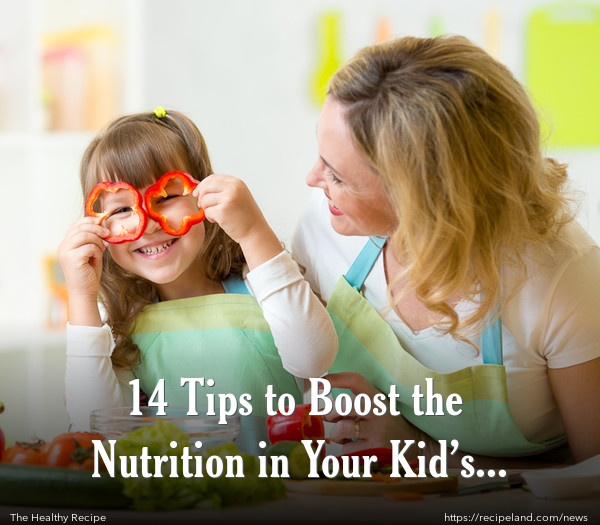From avoiding severe food allergies to dealing with picky eaters, many parents find it difficult to encourage their children to embrace a healthy, well-balanced diet. There seems to be so much pressure on parents to get their children to start eating a well-rounded diet when they are young. This leads many parents to feel guilty about what they feed their kids.
However, proper planning and food preparation can give your children nutritious meals that they will enjoy. Here are some tips to get your kids interested in, and eating, a well-balanced and healthy diet.
Be a leader your kids can follow. Parents who are always dieting or overeating will raise kids who do the same. Examine the way you eat and your activity level. Think about what your lifestyle is telling your kids. If you are active and eat healthy portions when you are hungry, your kids will follow your lead.
Make food fun. Be creative and have fun with food. Make veggie pizzas or wholegrain pancakes into smiley faces or animals. Use cookie cutters to make specially shaped sandwiches. Remember to take advantage of the vibrant colors found in fresh fruits and veggies.
Remember moderation in all things. Do not outlaw less healthy foods like donuts, sweet biscuits, delivery pizza or candy. This will only make your kids crave them more. The Australian Health Department calls these “sometimes” foods and recommends indulging in a healthy portion of them on an occasional basis.
Guard the pantry. If you do not want your kids to eat junk food, do not bring it home. For the most part, your kids can only eat what you provide. Make healthy snakes, like dried fruits or low-fat string cheese, available.
Get your kids involved. Having your kids help you choose what to eat will make them more likely to eat it. From washing fresh produce to stirring the pot, every child can help prepare meals with age-appropriate jobs. Take your kids grocery shopping and allow them to select fresh fruits and veggies. Let them choose healthy snacks as well.
Watch what you say. Try not to comment on what your kids do or do not eat. Once you have made healthy foods available, let your kids eat what they choose from them.
Eat on a schedule. Kids should have three meals and two snacks each day. Try to eat on a consistent schedule. If you will be away from home, pack snacks and water in a cooler.
Have a plan. Plan dinner menus a few days in advance. For each meal, include a protein; fruit or vegetable; and a whole-grain bread, pasta, or rice. Let your kids assemble a meal from these food groups.
Don’t be in a hurry. It takes time for kids to accept new foods. Introduce them a little bit at a time in a variety of ways. Grated veggies or chopped fruits are delicious in muffins or pancakes. Shredded veggies can be added to hamburger patties or a potato hash.
Don’t be a personal chef. Prepare one meal for the entire family. Get creative and try to recreate a healthy version of your family’s favourite restaurant meals at home.
Serve them with dip. The Australian Government recommends 2 serves of fruit and 5 serves of veggies per day. Try pairing them with low-fat nut butter; low-fat cheese sauce; hummus or a dip made with Greek yogurt.
Bump up the nutrition. Pack in extra nutrients wherever you can. Add fiber to your kids’ diet by making whole-grain bread or high-fiber cereals available for breakfast. Swap whole-grain flour for white enriched flour in your recipes. Use soy milk, instead of dairy milk, to give your kids phytochemicals.
Give it a flavour boost. Sprinkle a little bit of sugar or squeeze a little honey on fruits, carrots, or sweet potatoes. Try sprinkling low-fat parmesan cheese on broccoli, cauliflower, or Brussels sprouts.
Relax. Giving your children a wide variety of nutritious foods, keeping them active, and modeling a healthy lifestyle will last a lifetime. Going out for milkshakes, eating warm cookies fresh from the oven, or sharing nachos at the movies is fun. Enjoying these “guilty pleasures” on an occasional basis with your kids is a great way to spend time together and build memories that will also last a lifetime.
SOURCES: https://www.parents.com/kids/nutrition/healthy-eating/get-your-kids-to-eat-better/; https://www.gofor2and5.com.au/; Image courtesy of photostock / FreeDigitalPhotos.net










Comments